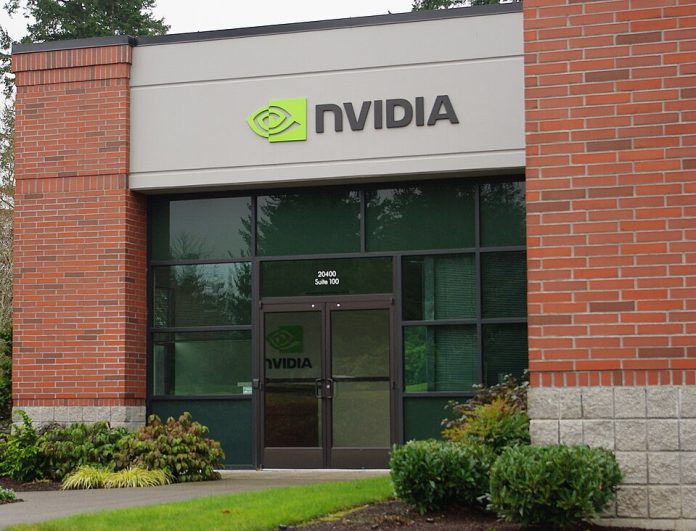
The news fell with the impact of a market shock: The world’s largest semiconductor company, Nvidia, will make a $5 billion investment in Intel and combine its GPUs with Intel’s x86 CPUs for data centers and PCs. The action combines two competitors whose paths have gone sharply in different directions in the AI era and comes at a time of an all-time level of U.S. government intervention in the chip industry, including a 10% federal ownership stake in Intel.

1. An Unequal Giant Alliance
Intel controlled the CPU market for decades, especially with its in-house x86 architecture, while Nvidia established its kingdom on GPUs that were unavoidable for AI loads. The alliance will involve Intel creating custom x86 CPUs engineered for compatibility with Nvidia’s GPUs to facilitate one platform across AI data centers and high-end PCs. Nvidia CEO Jensen Huang called the collaboration “historic,” adding, “We’re essentially going to be a major customer of Intel’s server CPUs. This is the first time.”

2. Technical Stakes: x86 Versus Arm in AI Infrastructure
Nvidia’s latest flagship AI servers, like the GB300, combine Blackwell GPUs with Arm-based Grace CPUs for power efficiency and scalability. However, x86 still has a crucial lead in software compatibility, particularly for enterprise applications. By supporting both architectures, Nvidia can reach a wider market, including customers wedded to x86 ecosystems. This might cramp AMD’s long-term GPU–CPU compatibility lead in the x86 market and threaten Arm’s momentum for data center AI adoption.
3. Engineering the Integration
The partnership will include Nvidia providing GPU chiplets for Intel CPUs in consumer electronics, a market that Huang characterized as “underserved.” Together, the addressable markets for the joint products are $50 billion. Nvidia will integrate Intel CPUs into its NVLink rack-scale AI systems, producing “super chips” that combine CPU and GPU into tightly coupled compute nodes. Although the CPUs will be made mainly by TSMC, Intel will do sophisticated packaging a back-end process that brings together several silicon dies into one functional unit, essential for performance and power efficiency.

4. The Trump Administration’s High-Stakes Bet
In August, the United States government converted nearly $9 billion in CHIPS Act grants into equity, investing 10% in Intel a step taken to support domestic semiconductor production and lower dependency on overseas fabs. “Intel is the only one in the U.S.,” noted Dartmouth’s Jennifer Lind, highlighting its strategic significance. The investment is a response to fears of supply shocks were Taiwan’s TSMC to be disrupted and security threats posed by chips made overseas being integrated in defense systems.

5. Political-Business Dynamics
Although Huang asserted the administration was “not involved” in the Nvidia–Intel transaction, both entities have close relationships with President Trump and Commerce Secretary Howard Lutnick. The dual role of the government as Intel’s biggest shareholder and regulator of Nvidia’s export licenses has sparked concerns. “It is perhaps unprecedented that a company with a unique revenue sharing agreement with the U.S. government is investing so much money in a company that’s partially owned by the U.S. government,” said Ryan Fedasiuk of the American Enterprise Institute.

6. Manufacturing Leadership and Foundry Challenges
Intel’s foundry plans are still tentative. It trails TSMC in the adoption of leading market process nodes, and with no substantial external customers, the maintenance of investments in cutting-edge fabs is questionable. The Nvidia agreement does not close this gap per se, since the CPUs will be fabricated on TSMC wafers prior to the Intel packaging step. Experts caution that without a process technology breakthrough, Intel’s manufacturing competitiveness will still be undermined, though its design business finds fresh vigor.

7. Industry Competitive Ripples
Arm Holdings stock declined by 4.8% on the news of the transaction, capturing concerns over lost data center CPU share. AMD, with its use of close GPU–CPU integration in x86 systems, faces new competition from Nvidia in segments where it previously had a lead. The deal also sets Nvidia up to gain more of the PC GPU market where Intel CPUs are predominant but discrete GPU penetration is low.

8. The China Factor and AI Export Controls
Nvidia’s international strategy is still caught up with technology tensions between the U.S. and China. It has offered a B30 GPU for China, designed to be at least 30% less powerful than its best Blackwell chips to comply with export regulations. Trump has indicated conditional endorsement, writing, “It is possible I would make a deal [on a] ‘somewhat enhanced in a negative way’ Blackwell processor.” The fact that Nvidia is willing to give the U.S. government 15% of revenue on sales of Chinese AI chips in return for a license shows how transactional policy is today.

9. Risks of State-Backed Industrial Policy
Partial state ownership can distort competition, critics caution. A World Bank study in 2024 discovered that companies with 10% or more government ownership had 32% lower labor productivity and 6% lower profitability than comparable private rivals. “It is a hybrid model of American capitalism, mixing free-market values and components of state capitalism,” wrote Boston University’s H. Sami Karaca of the Intel share. Whether it will speed U.S. chip leadership or solidify inefficiency depends on implementation.
The Nvidia–Intel agreement entwines advanced engineering with high-stakes geopolitics, reshaping competitive forces in AI hardware and pushing the limits of industrial policy in the world’s most strategically critical technology industry.


